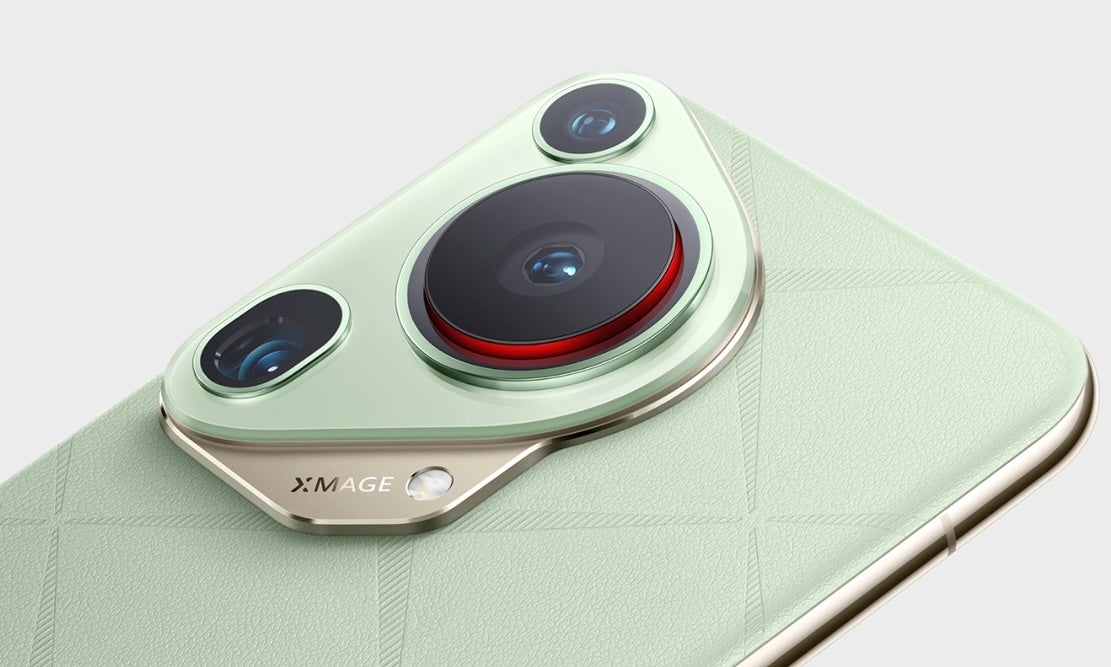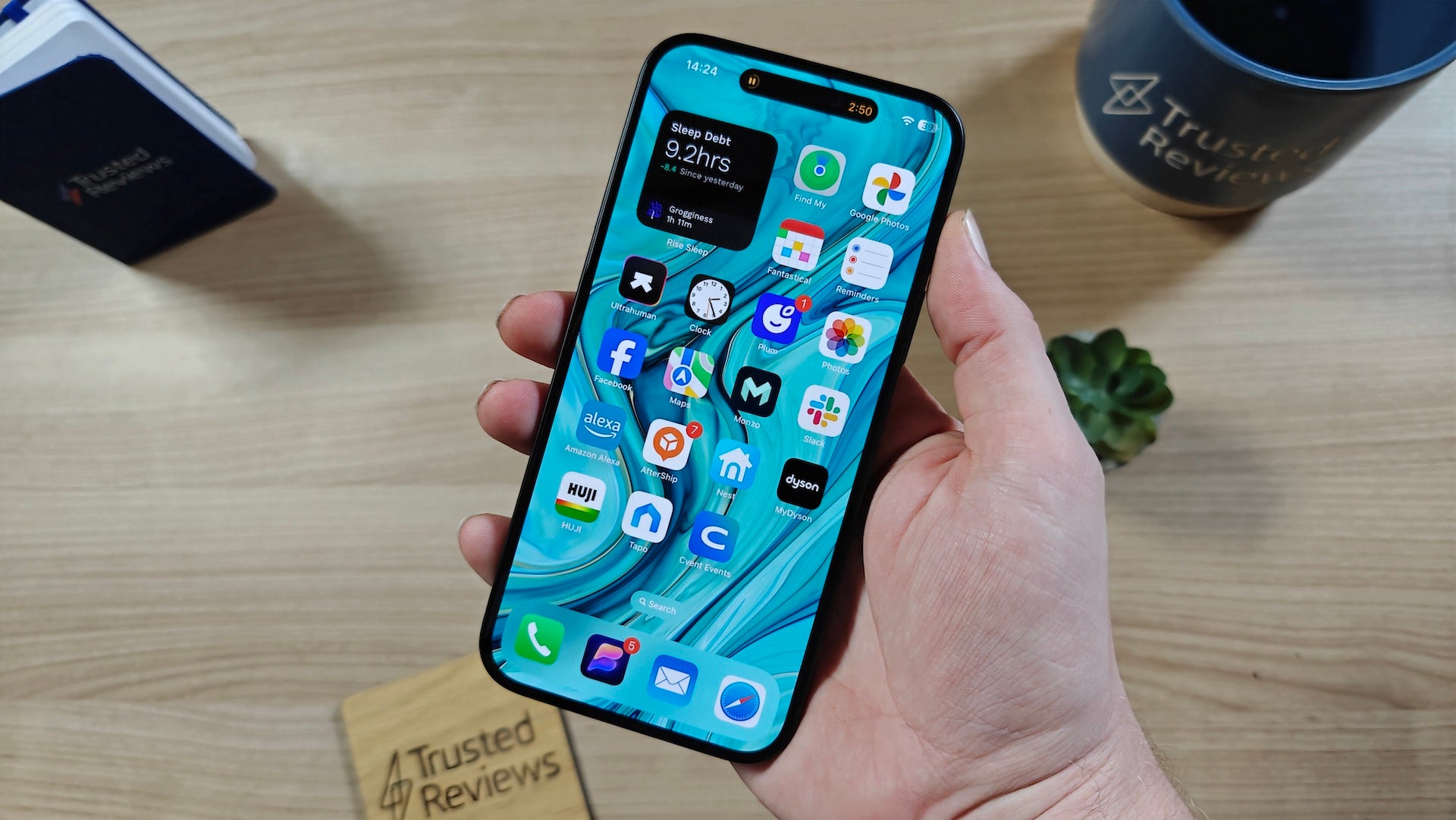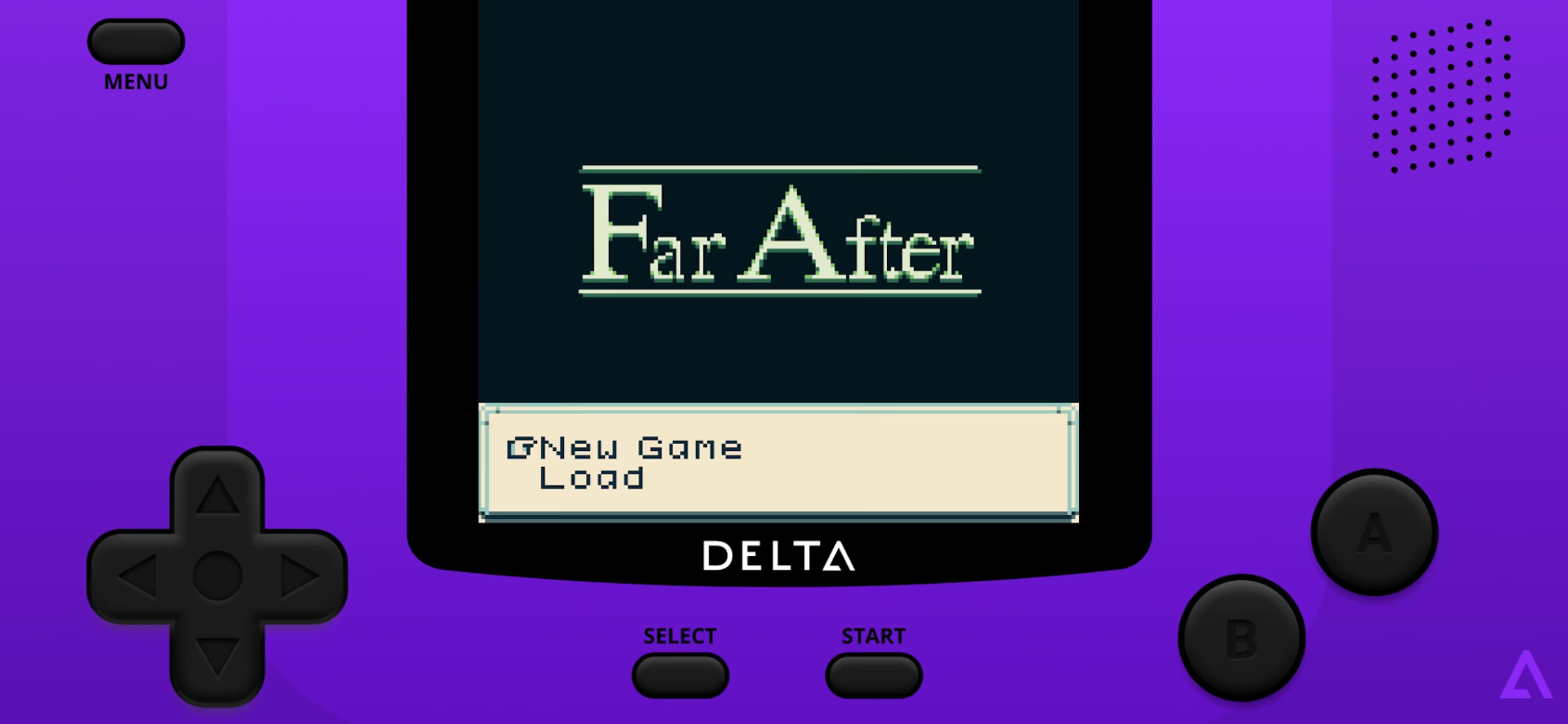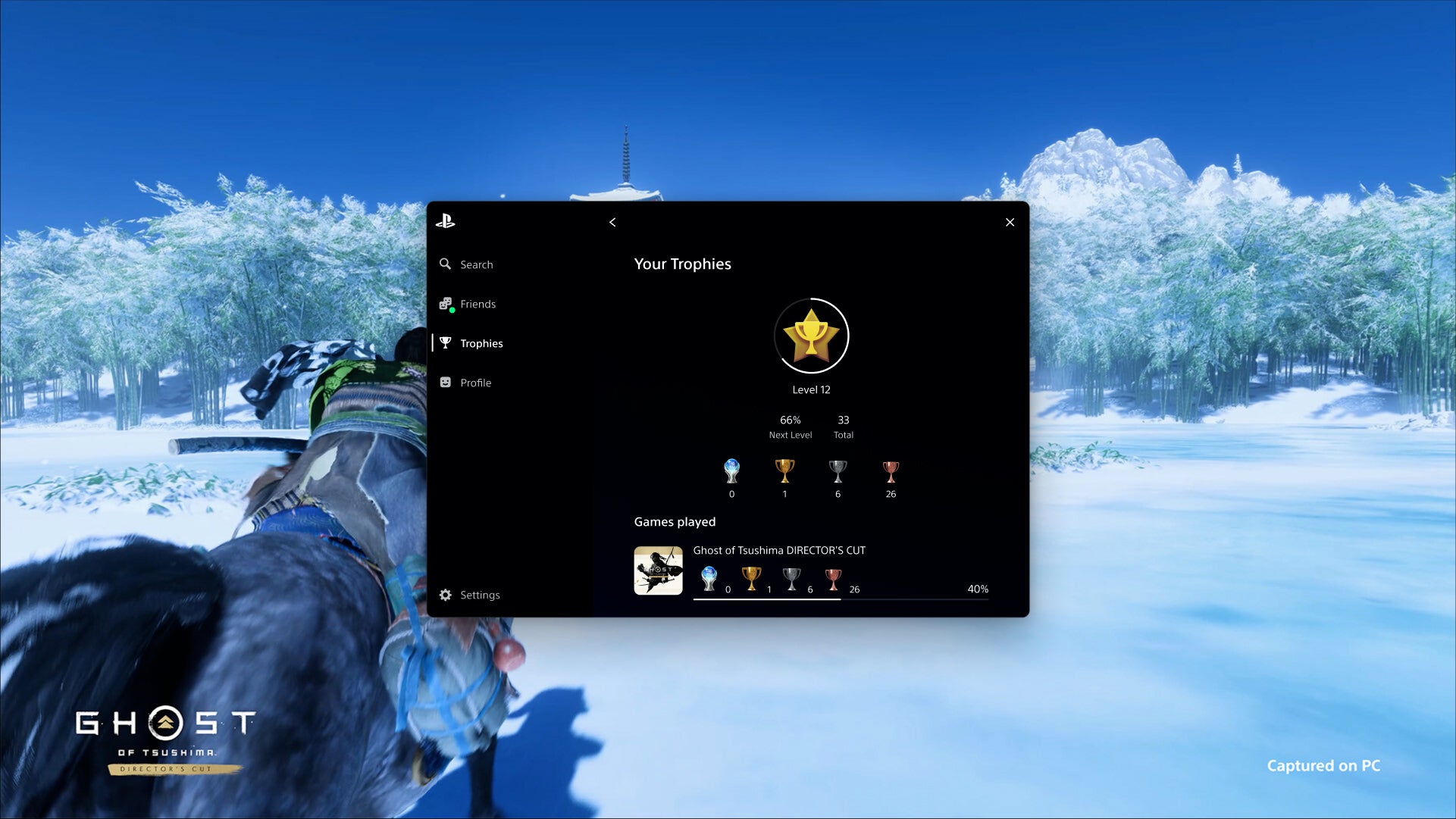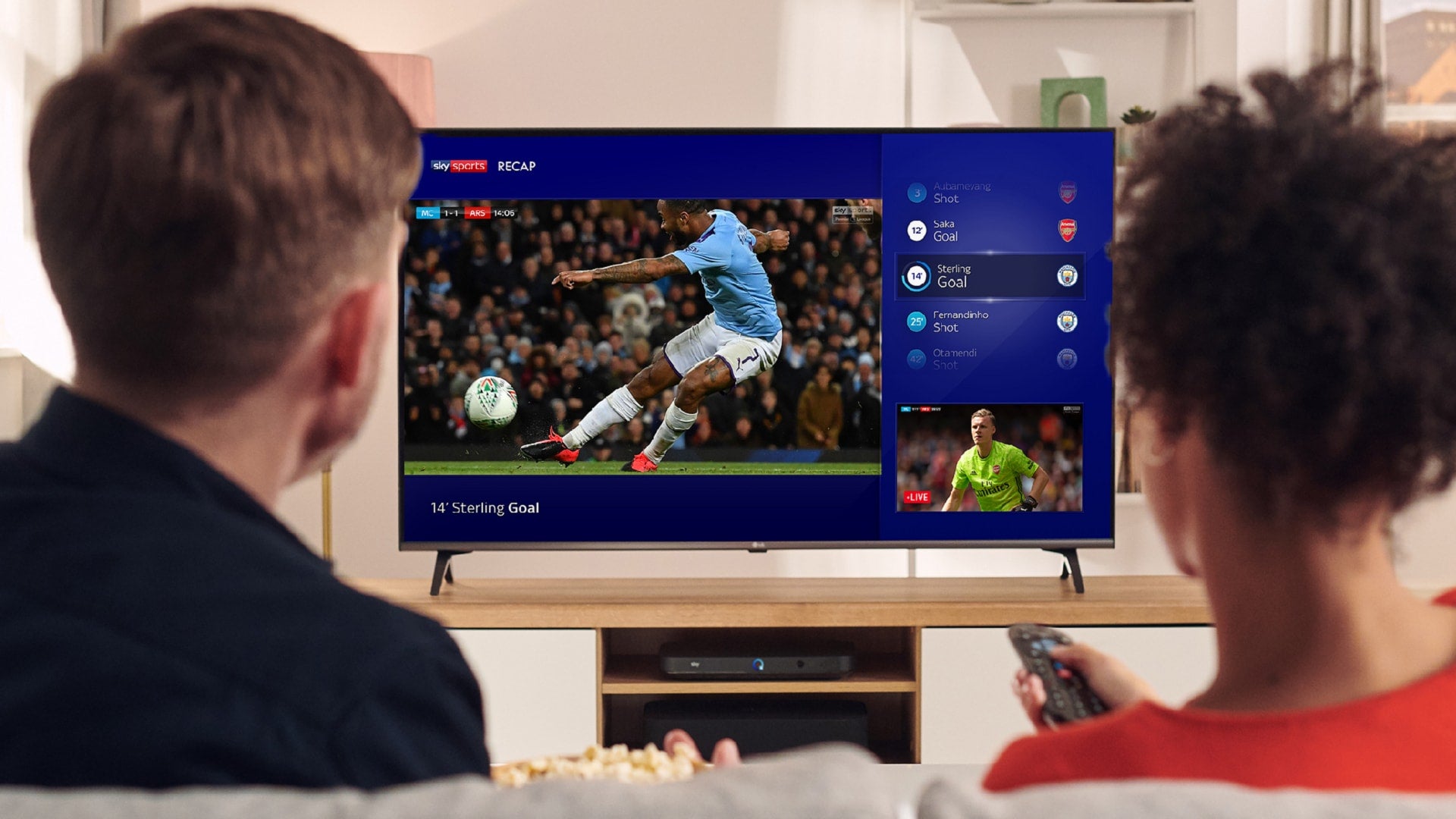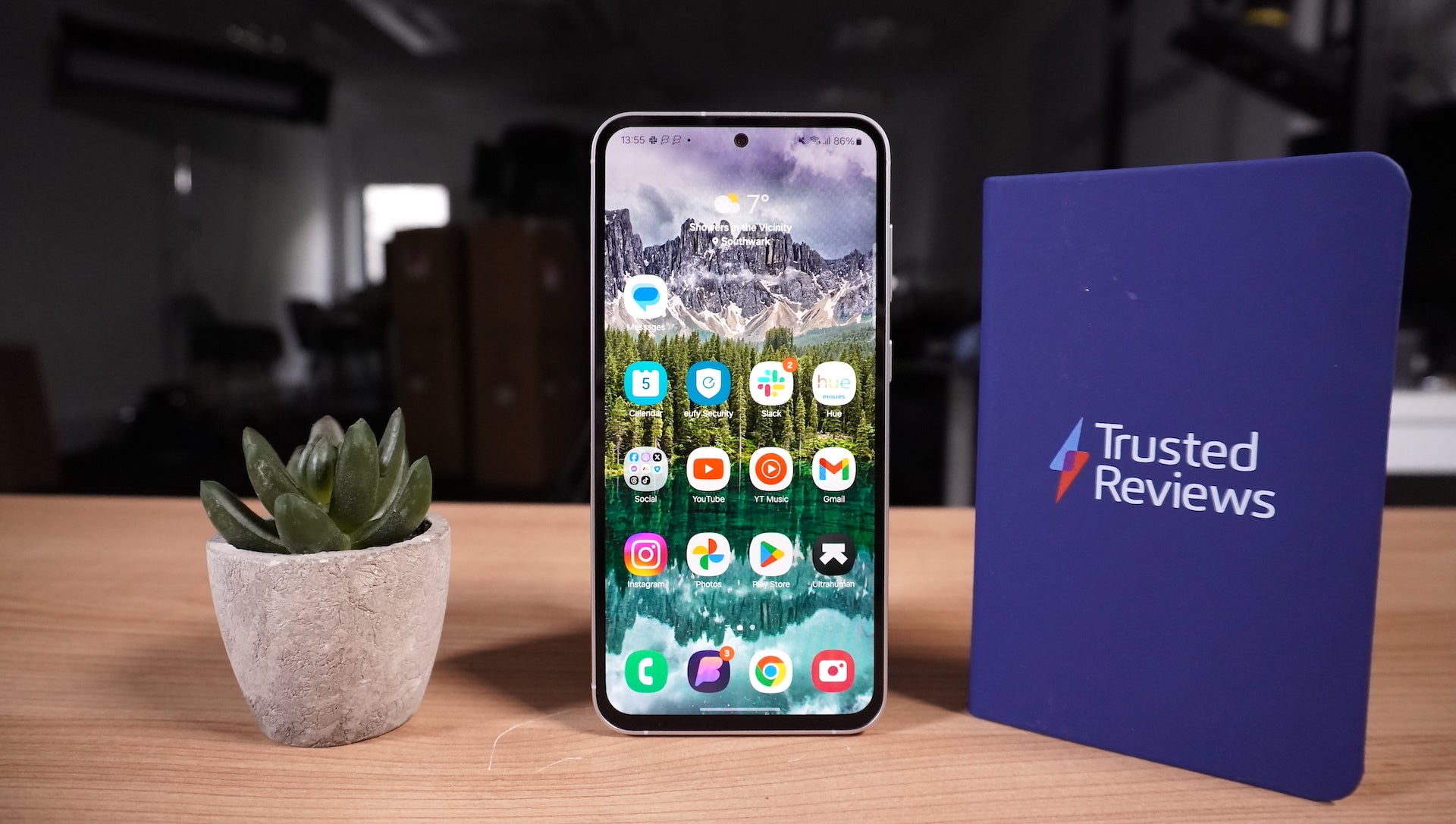Sony Xperia 1 III: Everything you need to know about the 4K 120Hz flagship
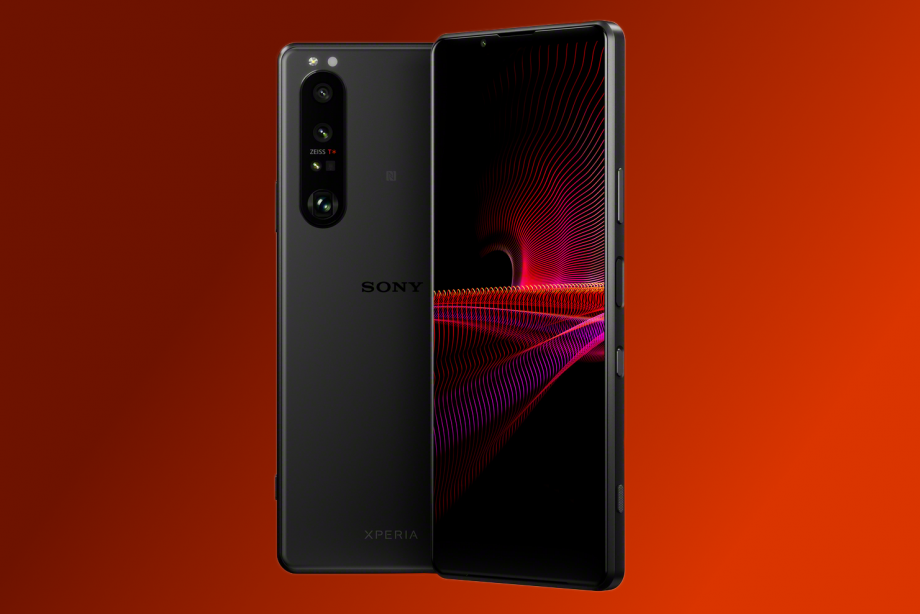
Sony has just announced the Xperia 1 III – its latest flagship device that’ll compete, hopefully, with the best Android phones around.
Sony impressed us last year with the Xperia 1 II, which was comfortably its best phone in years thanks to a strong screen and camera.
The third iteration of the 1 series looks to add in some of the key missing features from the previous model and close that gap to the best camera phones.
Sony has also announced the Xperia 5 III and Xperia 10 III.
Sony Xperia 1 III pricing and availability
Sony has announced that the Xperia 1 III will cost $1299 when it launches in the States. There’s no UK pricing, yet this converts to around £929. This represents a price increase to both when compared to their predecessors. The Sony Xperia 1 II launched at $1199/£1099, while the Xperia 5 II went for $949/£799.
We’re still awaiting official UK pricing and availability and we’ll update this page when we know more.
Screen
- 4K HDR OLED Panel
- No notch
- 120Hz
One of the truly unique aspects of the Xperia 1 series has been its 4K display. It still remains the only phone going with such a high resolution and it certainly gives the series a niche.
With the Xperia 1 III Sony has added a 120Hz refresh rate for smooth scrolling and a 240Hz touch sampling rate for improved game responsiveness. This is a notable upgrade, as the previous version only had some software trickery to give the impression of a faster refresh rate.

One obvious omission is any form of variable refresh rate or LTPO tech. Phones like the Galaxy S21 Ultra or OnePlus 9 Pro can dynamically shift the refresh rate down to as low as 1Hz to avoid battery wastage. With the Xperia 1 III you’re stuck at 120Hz or 60Hz fixed all the time. This could have some serious effects on the battery life.
Other screen specs include a 6.5-inch OLED HDR panel with a tall 21:9 aspect ratio and a factory-calibrated colour gamut, along with X1 for Mobile processing engine. It remains a 4K resolution too, which is a Sony feature we’re not completely sold on. Is there really a noticeable difference between this and a 1440p display at this size? We’re yet to be convinced.
What we do like about Sony’s display is the complete lack of a notch. If you value a full-screen experience then this is pretty much the only flagship delivering.
Performance
- Headphone jack
- 12GB RAM, Snapdragon 888
- 5G
A lot of the general specs here are what you’d expect from a top-tier phone in 2021. There’s a Snapdragon 888, 12GB RAM and 30w charging for the 4500mAh battery. Of course, it’s a 5G phone (both mmWave and sub-6Ghz standard depending on your region) for that super-fast data speed.
Where the Xperia I III sets itself apart is in the audio. You’ve got dual front-firing speakers that Sony said are 40% more powerful than before. Sony has also said it’s the first phone to reproduce 360 Realty Audio for more immersive audio from apps like Tidal.
There’s a 3.5mm headphone port here too, a rarity on flagship phones and likely to be even harder to find now LG has stopped making phones. The headphone port supports High-Res audio and some AI trickery for improving the sound from audio and video streaming apps.
Sony has added in some gamer-centric features, including motion-blur reduction, and high-fps video recording. It does seem slightly odd that Sony isn’t pushing more into gaming with some sort of PS5 tie-in though.
Camera
- Variable tele lens
- PDAF focussing
- Pro apps
Screen aside, it’s certainly the cameras that have got the most spec improvements this time around. The highlight definitely is the tele lens that can switch between a 105mm and 70mm focal length.
There’s a standard wide camera too with a 24mm focal length and an ultra wide 16mm. All of these are backed up by 12MP sensors with real-time focus tracking thanks to a ToF sensor and fast PDAF autofocusing. Sony said that the camera performs 60 AF calculations per second and you can shoot at 20fps. Once again Sony is bringing a lot of branding and features across from its acclaimed Alpha series of cameras.
Sony is also updating its Pro photo app to include some more basic features too, meaning you don’t have to contend with the heavy interface if you want to make the most out the sensors.
Design
- More of the same
- Matte back
- Textured camera button
Sony hasn’t altered the design too much here and it remains very much a Sony phone. You do get the new Gorilla Glass Victus on the display and an IP68 rating for water resistance.
The back now has a frosted finish too, and there’s some texture on the camera shutter button to give it a more unique feel.
You’ve also got a fingerprint sensor tucked directly into the power button too, a touch we really appreciate.


